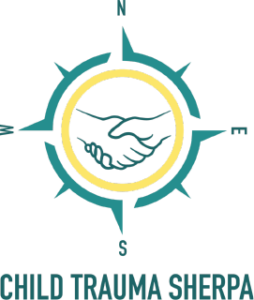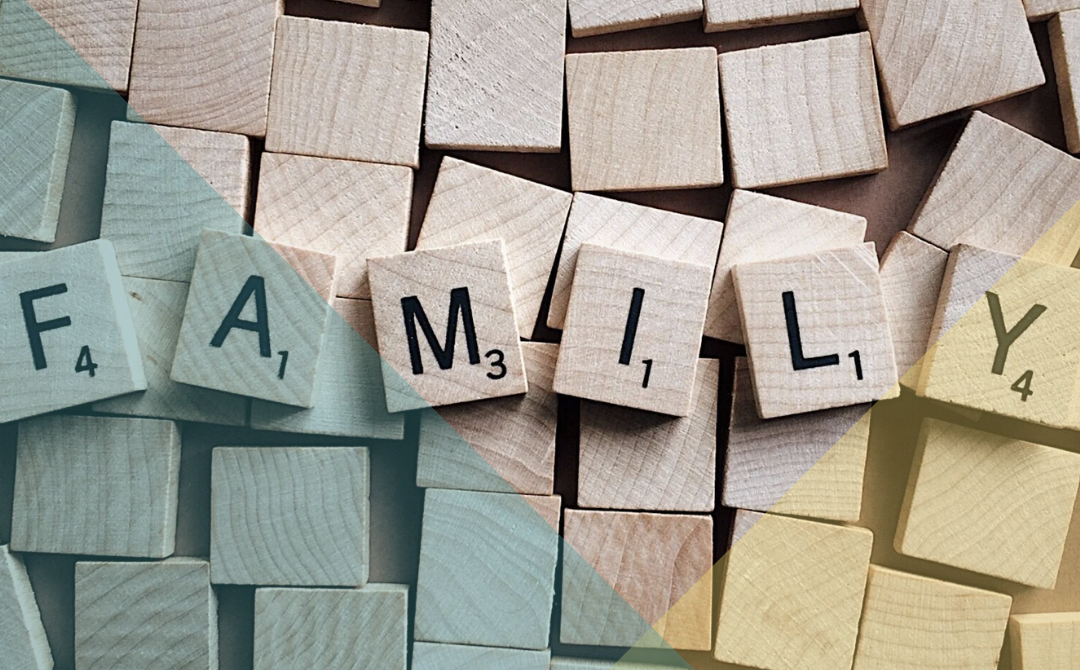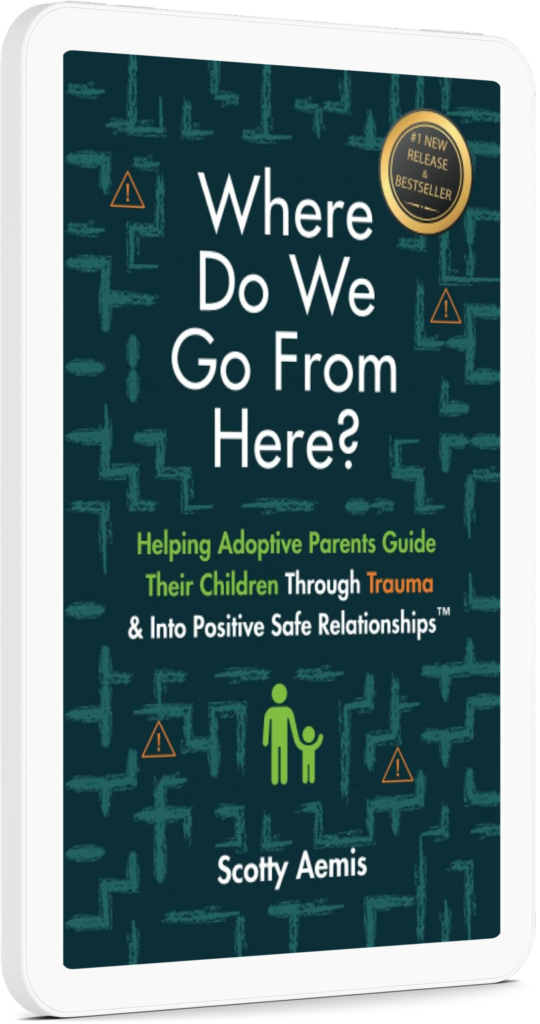How to Recognize Toxic Family Dynamics
As the holidays are approaching, maybe you’re wondering, “Why don’t I get excited for extended family gatherings? Is there something wrong with me? Am I an unloving person?” Maybe, but maybe not. We grow up in the families we were given and those interactions become our norm. Perhaps you leave family gatherings feeling criticized, controlled, or manipulated. These can be signs of toxic family dynamics.
Toxic family dynamics can have lasting effects, often in the form of childhood trauma. This results in emotional, psychological, and physical scars that can impact various aspects of our lives. It is important to be able to recognize and understand toxic family dynamics, whether you are a teacher trying to help a student develop, a parent of a child with trauma, or an individual trying to understand your own trauma.
What Makes Family Dynamics Toxic?
Toxic family dynamics involve a range of unhealthy behavioral patterns. These behaviors negatively affect the well-being of family members and can include things such as manipulation, emotional abuse, neglect, or control.
While no family is perfect, toxic environments are characterized by a lack of support, affection, and empathy. Toxic people have a chronic lack of empathy towards others. This can lead to emotional exhaustion, invalidation, and isolation. Toxic families often assign roles and expectations to other members, reinforcing unhealthy patterns.
Let’s dive a little deeper into these harmful behaviors and the harmful effects they have on those involved. By recognizing and then addressing these unhealthy patterns, it can help foster healing, growth, and ultimately a more fulfilling life for those impacted.
Dysfunctional Family Traits
If your family experiences one or more of these traits or behaviors, your family may have a chaotic or toxic dynamic.
Poor Communication: Open and honest dialogue is a rarity in toxic families; rather there are often misunderstandings, disputes, blame, criticism, and bitterness that leads to anger and an erosion of trust and connectedness.
Emotional Manipulation: Guilt, fear, and shame are wielded as weapons of control or used to manipulate others; gaslighting is a common form of emotional manipulation. These behaviors foster a power imbalance, leading one or more family members to feel helpless, anxious, or entrapped.
Unmet Emotional Needs: Neglect or emotional needs being dismissed is another toxic family trait. Family members may feel unsupported, invisible, and invalidated. This can lead to isolation and loneliness, leading to adverse mental health effects.
Harsh, Inconsistent, or Lack of Discipline: Discipline that is overly harsh, inconsistent, or absent can create instability and lack of trust, with family members often feeling like they are walking on eggshells to avoid punishment or conflict. Without appropriate guidance, boundaries, and care from parents, kids may develop poor emotional regulation, insecurity, anxiety, the need to take risks, as well as weak conflict resolution and empathy.
Substance Abuse: Substance abuse or addiction can exacerbate toxic family dynamics. Family members may deny the problem, which can lead to increased conflict. It can also lead to poor communication, emotional manipulation, and lack of emotional support.
Enmeshment and Codependency: Some family members may be overly involved in each other’s lives, leading to a lack of healthy boundaries and independence. Enmeshment and codependency can result in family members feeling responsible for each other’s emotions, decisions, or well-being, making it difficult to develop autonomy or sense of self.
Rigid Roles and Expectations: Toxic families often impose rigid roles and expectations on their members. This can stifle individuality, autonomy, and personal growth. Often these roles emerge to control the chaos, but they ultimately perpetuate the unhealthy dynamics. Some common examples of roles in toxic families include:
- The Scapegoat: is blamed for family’s issues and endures negative attention, punishment, or criticism even when faultless.
- The Golden Child: is perceived as “perfect” and is showered with praise, often at the expense of their own desires and needs.
- The Lost Child: is overlooked and ignored and is expected to be quiet and invisible, never disrupting the family dynamic.
- The Caretaker: manages the family’s emotional well-being, sacrificing their own needs for the sake of the family.
- The Enabler: consciously or unconsciously supports the toxic family dynamic by rationalizing or excusing harmful actions.
- The Mascot: is expected to remain cheerful in the face of adversity.
- The Victim: this member is manipulated or controlled and struggles to assert independence.
- The Controller: dictates rules and behaviors; maintains power through manipulation, guilt, or fear.
- The Peacemaker: mediates conflicts and suppresses their own feelings to maintain harmony.
- The Perfectionist: expected to achieve high standards in all aspects of life; feels immense pressure to succeed, leading to stress and anxiety.
Toxic Families and Childhood Trauma
These toxic family dynamics often fall into one or more of the different types of childhood trauma. These types include but are not limited to:
- Physical abuse
- Emotional abuse
- Sexual abuse
- Neglect
- Domestic violence
- Loss and grief
- Family member with substance abuse
- Family member who is incarcerated
The long-term effects of childhood trauma can lead to emotional, mental, and physical health consequences. Many individuals with childhood trauma struggle to regulate their emotions and form healthy relationships. They also often feel like they have no sense of control over their lives, have a negative perception of themselves, and feel there is no light at the end of the tunnel.
Healing Childhood Trauma
The first step to dealing with toxic family dynamics is to seek counseling. A licensed therapist or counselor who understands childhood trauma will be able to help you work through your toxic family issues and heal from your childhood trauma. For more information on childhood trauma, visit the Child Trauma Sherpa blog for additional articles, or get our book on how to help your child heal from trauma through Positive Safe Relationships (PSR).


